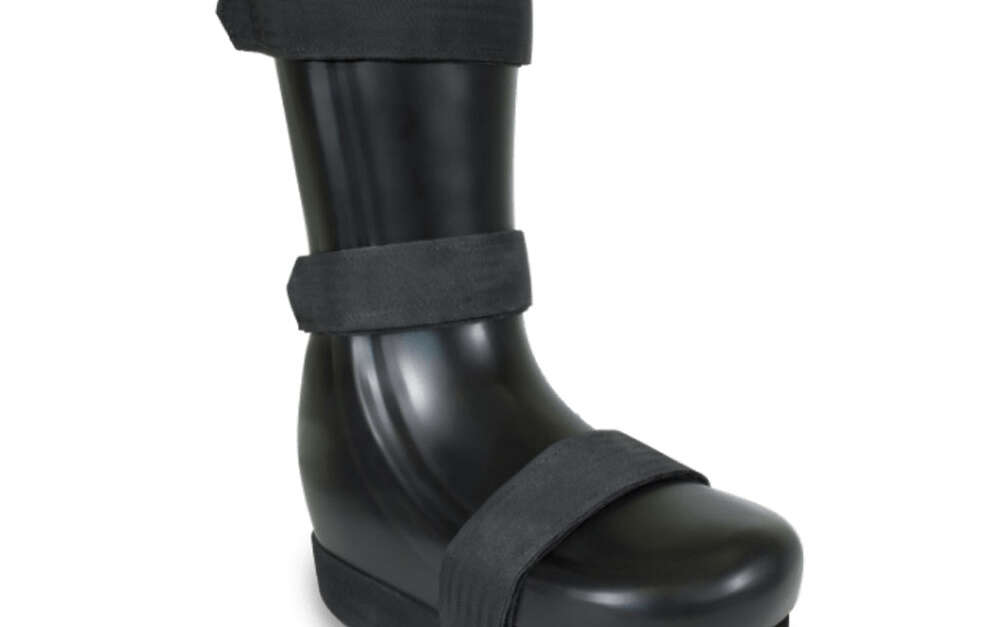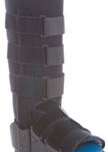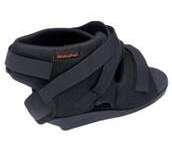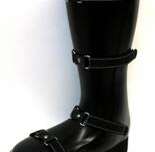- Various Offloading Shoes
- Offloading Custom Crow Walker
- Diabetic Cam Walker OTS
- Heel Relief Boot
CARE OF THE DIABETIC FOOT
- Be sure to inform your physician and other healthcare providers that you are diabetic.
- See your physician regularly and be sure that your feet are examined at each visit.
- Wear properly fitting diabetic stockings and change them daily. Avoid stocking with seams. Do not wear garters.
- Do not wear your shoe braces without stockings.
- Inspect the insides of your shoes and or braces daily for foreign objects, nail points, torn linings and rough areas.
- Notify your physician, then your orthotist should you develop a blister or sore on your foot.
- Do not smoke.
- After removing your braces and or shoes inspect your feet daily for blisters, redness, calluses, cuts and scratches. The use of a mirror can aid in seeing the bottoms of your feet. Always check between the toes. If your vision is impaired, have a family member inspect your feet.
- Wash feet daily. Dry carefully, especially between the toes.
- Avoid extreme temperatures. Test water with your hand or elbow before bathing.
- If your feet feel cold at night, wear socks. Do not apply hot water bottles or heating pads. Do not soak your feet in hot water.
- Do not walk barefoot.
- Do not use chemical agents for the removal of corns and calluses. Do not use corn plasters. Do not use strong antiseptic solutions on your feet.
- Do not cut corns or calluses. Follow Special instructions from your physician, Have the nails trimmed by a trained professional.
- Do not use adhesive tape on your feet.
- Avoid crossing your legs. This can create pressure on the nerves and blood vessels.
- For dry feet, use a very thin coat of lubricating oil such as baby oil. Apply this after bathing and drying the feet. Do not put the oil or cream between your toes. Consult your physician for detailed instructions.
- In wintertime take special precautions.
- Do not wear sandals with thongs between the toes.
- Shoes to be worn with your brace should be fitted by qualified personnel and be comfortable at the time of purchase. Do not depend on shoes to stretch out. Shoes should be made of leather.
- If you’ve received a custom plastic brace (A.F.O.) please follow the “break in period” provided to you by the orthotist.




